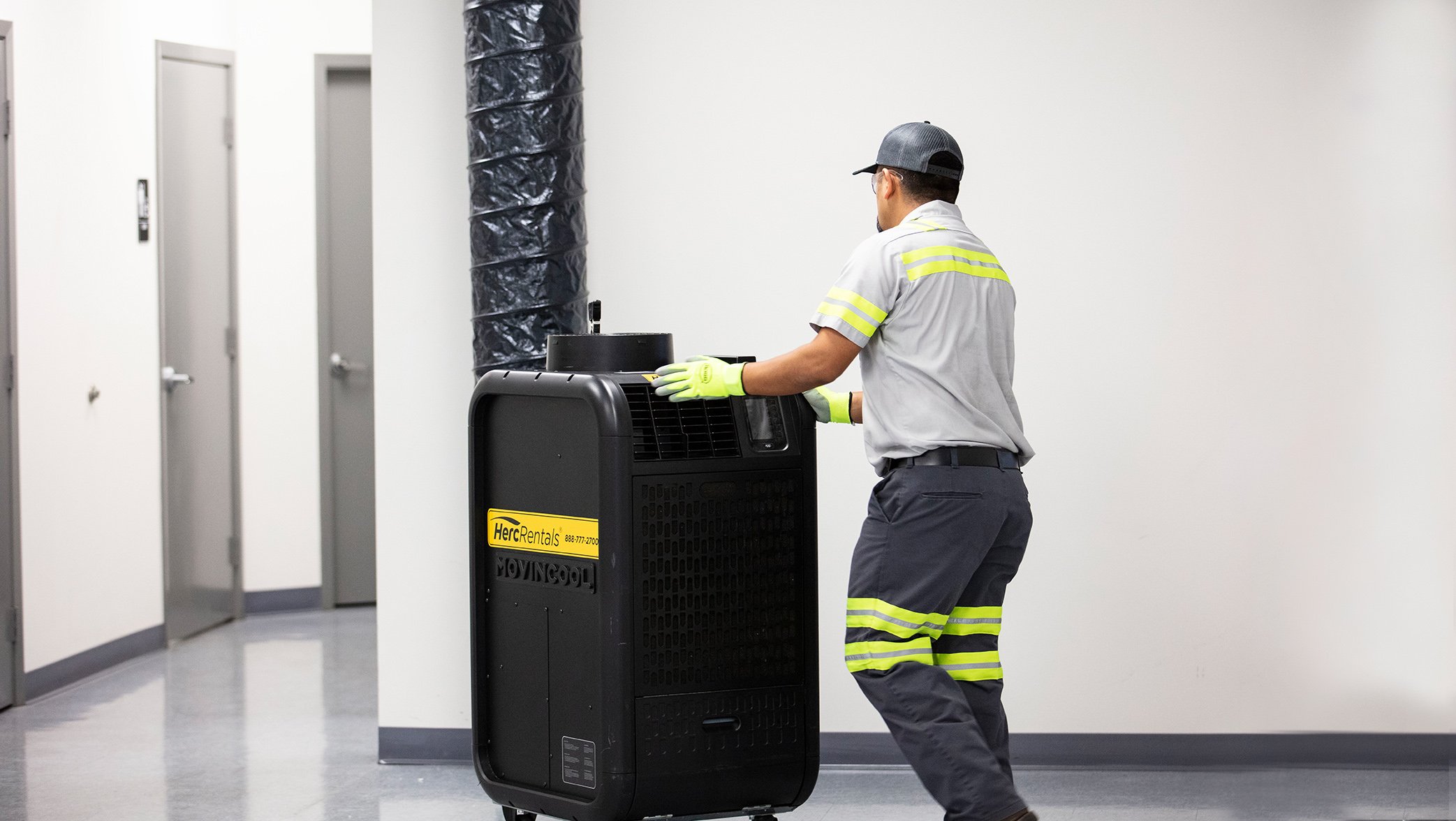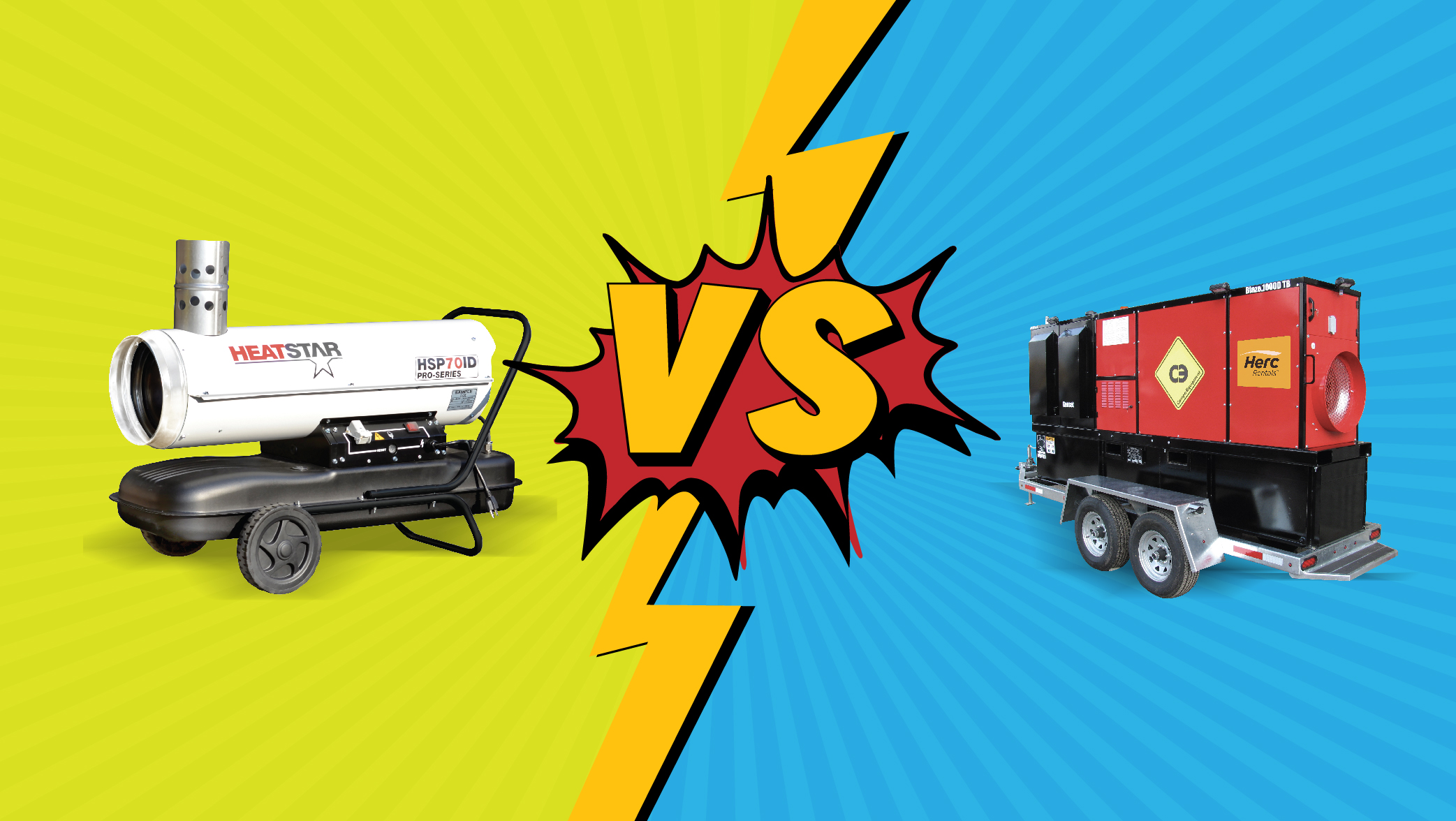The most common worker-related injuries are slips, trips and falls and collisions with a stationary object or equipment, according to Liberty Mutual Holding Co. Inc.’s workplace safety index.
The Liberty Mutual Workplace Safety Index is developed on information from Liberty Mutual, the U.S. Bureau of Labor Statistics (BLS), and the National Academy of Social Insurance. Researchers at Liberty Mutual examine BLS injury data to determine which events caused employees to miss six or more days of work and then rank those events by total workers compensation costs. The safety index is then used by employers, risk managers and safety practitioners to make workplaces safer by identifying critical risk areas and allocating safety resources to address areas of need.
Avoiding these injuries, along with overexertion and repetitive motion injuries, can save North American businesses approximately $200 billion in the cost of handling workplace injuries each year, according to the National Safety Council.
While jobsite injuries can lead to serious physical harm and death, they can also have a ripple effect on your entire organization with workers’ compensation claims and litigation. These possible results can lead to a financial strain on your business and stifle growth.
And that’s not all. Jobsite injuries also negatively impact productivity. Injured team members may have to take time off to heal. That means others will have to pick up the slack, which may lead to burnout and a slowing of productivity.
Jobsite injuries can also negatively impact morale. When injuries occur, team members who were not involved in the incident may start questioning the safety of their work environment. If workers feel unsafe, their performance can be affected.
So how can you help reduce workplace injuries at your place of work? For many companies, it begins by building a culture where worker safety comes first. It requires senior management to prioritize safety as a company goal and buy-in from every team member down the line.
START BY CONDUCTING A JOBSITE RISK ASSESSMENT
Whether you’re a small start-up with fewer than 10 people on staff or a Fortune 500 company employing thousands, jobsite safety assessments will help you recognize safety threats. Jobsite safety assessments may include:
- Fire threats
- Task hazards
- Slip, trip, or fall conditions
- Hazardous substances
- Lifting and other manual tasks
- Heavy equipment operation
Once you identify these risks, then you can develop a plan to remove or minimize those hazards.
REDUCE THE RISK
By focusing on hazard prevention, you’ll not only protect your workers but also reduce the risk of a reportable OSHA event. Some easy things you can do include:
- Report or remove any hazards from walkways, driveways, and any other area where a slip, trip or fall may occur. Frequent causes of slips include wet or oily surfaces, weather hazards, loose or unanchored rugs and mats. Common causes of tripping include clutter, uncovered cables, uneven floors/steps, open bottom drawers, wrinkled carpeting and more.
- Reinforce your concern for your team’s safety by regularly holding safety briefings and communicating your business’ health and safety policies. This will help ensure that every team member understands a new or renewed commitment to safety.
- Install proper lighting.
- Install proper ventilation.
- Provide team members with the gear or tools they need to carry out your company’s safety mission. This could be anything from personal protective equipment (PPE) to a better desk chair.
- Make all team members aware of potential hazards by installing safety signs that identify hazards, whether they’re spills, obstacles, and more.
EMBRACE ERGONOMICS
Repetitive strain injuries (RSI) may include repetitive or lengthy hand movements, frequent heavy lifting, carrying, pushing, and pulling, or remaining in a poor posture position for a long time. Whether your workers are at a desk or in a warehouse, RSIs affect more than 2 million people and costs employers approximately $20 billion a year in North America.
To reduce these injuries, employers can improve workstations by providing accessories such as wrist pads for carpal tunnel, standing desks, and more. Lift training to prevent lower back injuries is also something more and more companies are doing to mitigate OSHA recordables. Additionally, the use of mechanical lifting devices is a key component to any program.
While National Safety Month is about getting businesses and workers to think about safety and how everything can change from one moment to the next, providing your workers with a safe jobsite is a year-round endeavor. Be proactive. Remember, safety doesn’t happen by accident.


